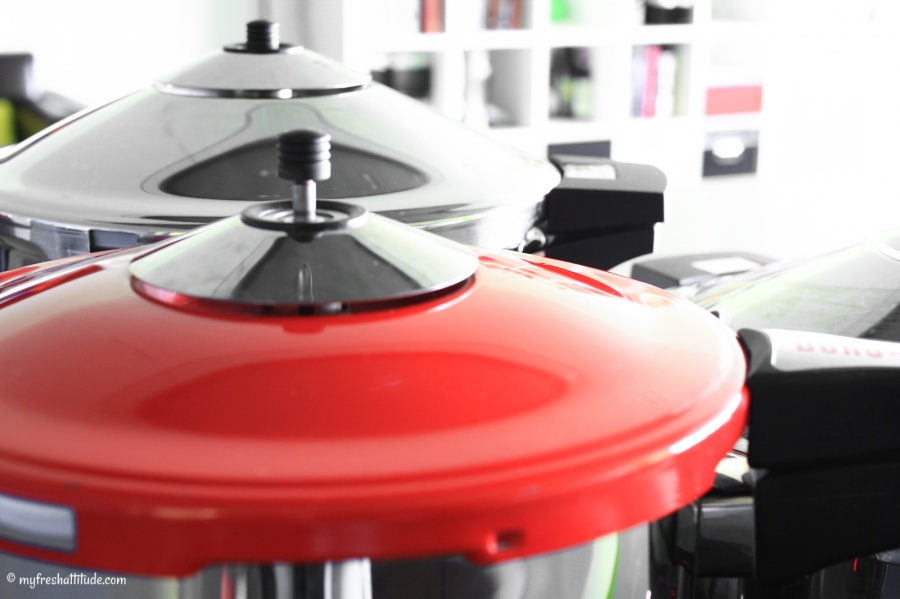
Understanding Cooking Methods
Moist Heat Cooking Methods
Moist heat methods cook food with hot liquid or vapor (steam). They include boiling, braising, poaching, stewing and pressure-cooking. Maximum temperatures are limited to the boiling point of water (212°F/100°C at sea level) and around 250°F/120°C in a pressure cooker. Using oils in modest amounts with these cooking methods is the safest way to cook with oils.
Subscription Required For This Content
Moist Heat Cooking Methods
Moist heat methods cook food with hot liquid or vapor (steam). They include boiling, braising, poaching, stewing and pressure-cooking. Maximum temperatures are limited to the boiling point of water (212°F/100°C at sea level) and around 250°F/120°C in a pressure cooker. Using oils in modest amounts with these cooking methods is the safest way to cook with oils.
Dry Heat Cooking Methods
Dry heat methods cook foods with hot air, hot oil or heat radiation from hot flames or metal surfaces. Baking/roasting, frying, deep-frying, stir-frying and grilling are considered dry heat cooking methods. These methods expose foods to temperatures well above the boiling point of water, often exceeding 400°F/200°C. Dry heat cooking methods expose oils and natural fats to high temperatures and can create or increase the presence of harmful compounds which lead to harmful cell oxidation. Use the following guidelines for each method to help you decide:
Pan-Frying, Frying, Stir-Frying or Sautéing: These methods rely on heating the pan surface or oil to temperatures well above the boiling point of water. The food surface becomes hot enough to brown and lose its moisture. It is best to avoid adding any oil to the food when using these methods. Adding water or other liquids in small amounts will help control surface temperatures and prevent sticking. Adding liquids will give you the added benefit of creating additional flavor.
Deep-Frying: This method heats food primarily by contact with hot oil (usually around 375°F/190°C). Deep-frying exposes the oil to air and high temperatures for extended periods of time, creating harmful by-products. It should be avoided in all cases.
Oven Baking and Roasting: This method cooks foods with hot air and heat radiation from the oven walls and heating elements. Temperatures can range from below the boiling point of water to well above it (450°F/230°C for bread, pizza, etc.). High temperatures cause food surfaces to brown and oils to begin breaking down (including natural oils present in the food). Internal temperatures can be controlled by adding liquids (purees in cakes, water in dough, etc.). The presence of the liquid prevents internal temperatures from rising above the boiling point of water, and controls the overall integrity of the food’s interior. It is fine to modestly add oils when baking or roasting – even at high temperatures – if a liquid is also present in the food, either naturally or added.